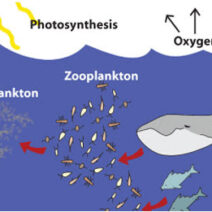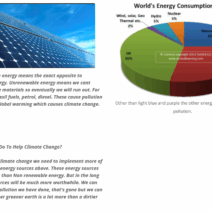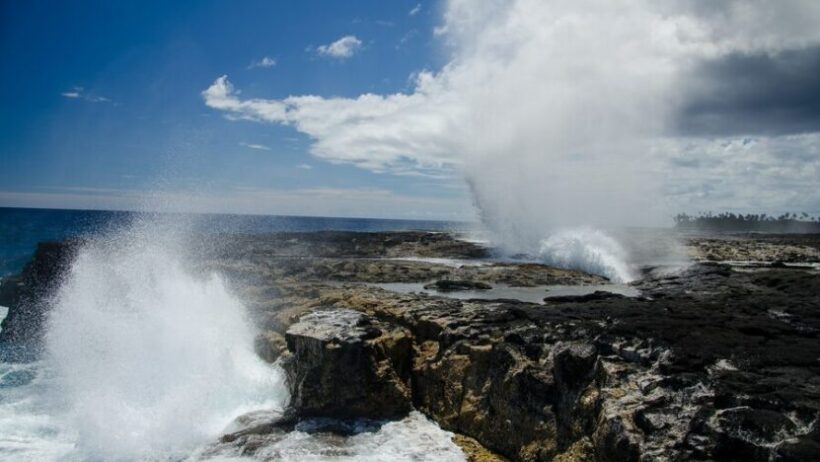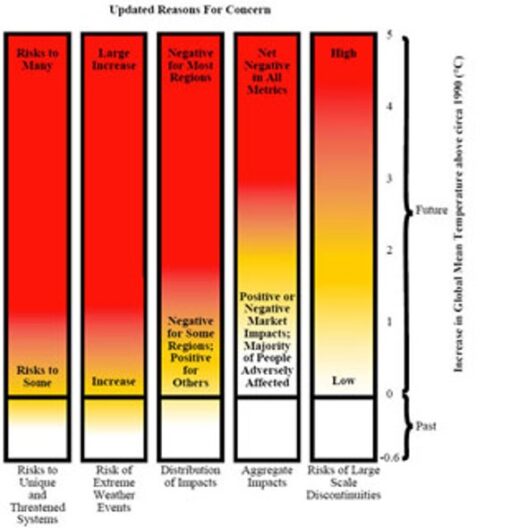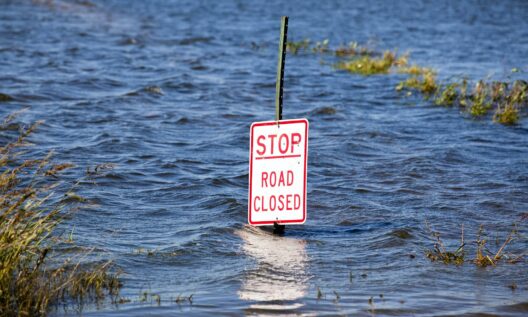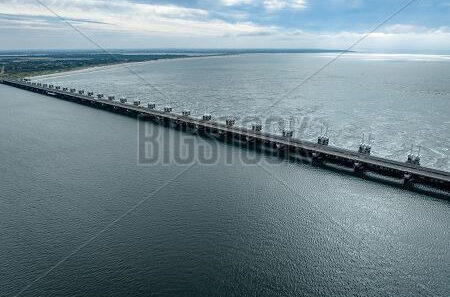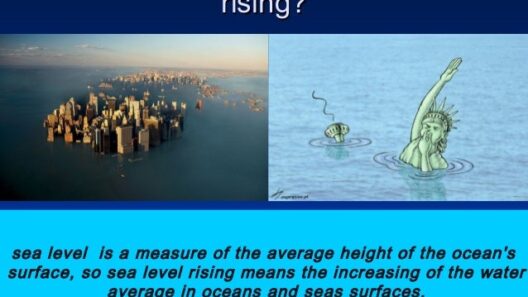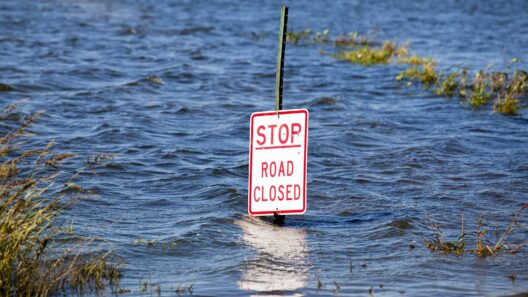As communities around the globe grapple with the palpable effects of climate change, one of the pressing concerns remains: Are global sea levels rising? This phenomenon is not merely a scientific abstraction, but a stark reality that threatens coastal habitats, economies, and societies at large. Understanding the intricacies of global sea level increase requires a deep dive into the underlying factors, historical trends, and projections for the future.
In this examination, we will unravel the complexities surrounding sea level rise, exploring its causes, implications, and the consequential actions that are essential for mitigating its impact.
Understanding Sea Level Change
Global sea level is not a static figure but rather a dynamic measurement influenced by a plethora of factors. Primarily, it stems from the combination of thermal expansion of water, which occurs as temperatures rise, and the melting of terrestrial ice, particularly from glaciers and polar ice sheets. As global temperatures rise due to anthropogenic greenhouse gas emissions, the consequences manifest as more than just warmer weather; they catalyze significant alterations in oceanic behaviors.
The thermal expansion of water is a critical contributor to changing sea levels. As water warms, it expands, resulting in higher sea levels. Furthermore, the decrease in mass from melting ice bodies adds to this elevation. Antarctic and Greenland ice sheets, as well as glaciers around the world, are shrinking at an alarming rate. This loss of ice contributes substantially to rising sea levels, making these regions focal points in discussions about climate-induced changes.
Historical Context of Global Sea Levels
To fully grasp the current crisis, it is imperative to examine historical trends in sea level rise. Over the past century, average global sea levels have risen approximately 8-9 inches (20-23 cm), with the rate of increase accelerating in recent decades. Satellite altimetry, a groundbreaking technology developed in the late 20th century, has refined our understanding of sea level changes, providing an unprecedented look at the Earth’s waters.
During the 20th century, the average rate of sea level rise was about 1.5 mm per year. However, this figure has surged since the early 2000s, reaching approximately 3.3 mm per year in recent assessments. The acceleration is consistent with the predictions made by climate scientists, indicating that the effects of global warming are more profound than initially estimated.
Factors Contributing to Rising Sea Levels
Several contributors underlie the increasing global sea levels, each reflecting a distinct aspect of climate dynamics. Understanding them is vital for anyone wishing to grasp the implications of this issue.
Melting Ice Caps
As previously noted, the melting of polar ice represents a monumental factor in sea level rise. The expansive ice sheets of Greenland and Antarctica hold vast reservoirs of frozen water. Their continued melting poses severe risks to coastal communities. Every year, approximately 280 billion tons of ice melt from Greenland and 150 billion tons from Antarctica, contributing to sea levels.
Thermal Expansion
The oceans, absorbing over 90% of the heat generated by greenhouse gases, expand as they warm. This phenomenon not only leads to rising sea levels but also impacts oceanic currents and weather patterns. The interplay between thermal expansion and glacial melting creates a robust feedback loop that exacerbates the situation.
Water Management Practices
Human activities, such as groundwater extraction and damming, further complicate the issue. When groundwater is excessively withdrawn, it results in land subsidence, making coastal areas more susceptible to flooding from both rising seas and storm surges. Thus, sustainable water management practices become essential in the fight against rising sea levels.
Implications of Rising Sea Levels
The repercussions of rising sea levels are far-reaching, affecting not only natural ecosystems but also human livelihoods. Coastal flooding, increased erosion, and the intrusion of saltwater into freshwater supplies present grave challenges for many regions.
Environmental Impacts
Salt marshes, mangroves, and other coastal ecosystems face existential threats as sea levels rise. These intricate habitats are key to biodiversity, providing sanctuary for numerous species and acting as buffers against storm surges. Their destruction could lead to a domino effect, endangering marine life and the communities that rely on them.
Socioeconomic Challenges
Economic ramifications are also profound. Coastal cities, often economic hubs, will face escalating repair costs, infrastructure adaptation needs, and potential displacements. In nations with limited resources, these challenges can exacerbate inequalities and lead to societal unrest. The necessity for adaptive measures is greater than ever.
Looking Ahead: Projections and Adaptation Strategies
Projections indicate that if current trends continue, global sea levels could rise by one to two meters by the year 2100. This prospect underscores the urgent need for mitigation and adaptation strategies worldwide. Ideas such as investing in resilient infrastructure, coastal restoration projects, and strategic land use planning are imperative to safeguard vulnerable coastal areas.
Moreover, international cooperation will be crucial. Climate change knows no borders, and collaborative efforts amongst nations are essential to address the root causes of the crisis effectively. This involves enhancing renewable energy use, improving energy efficiency, and following through with commitments made under global climate agreements.
Conclusion
The reality of rising global sea levels is inescapable and poses a significant threat to our planet’s ecosystems and human societies. Through understanding the historical context, exploring contributing factors, and recognizing the implications of unchecked sea level rise, we can advocate for proactive measures. By adopting sustainable practices and encouraging policy changes, we allowed future generations a chance to thrive amid changing environmental conditions.
